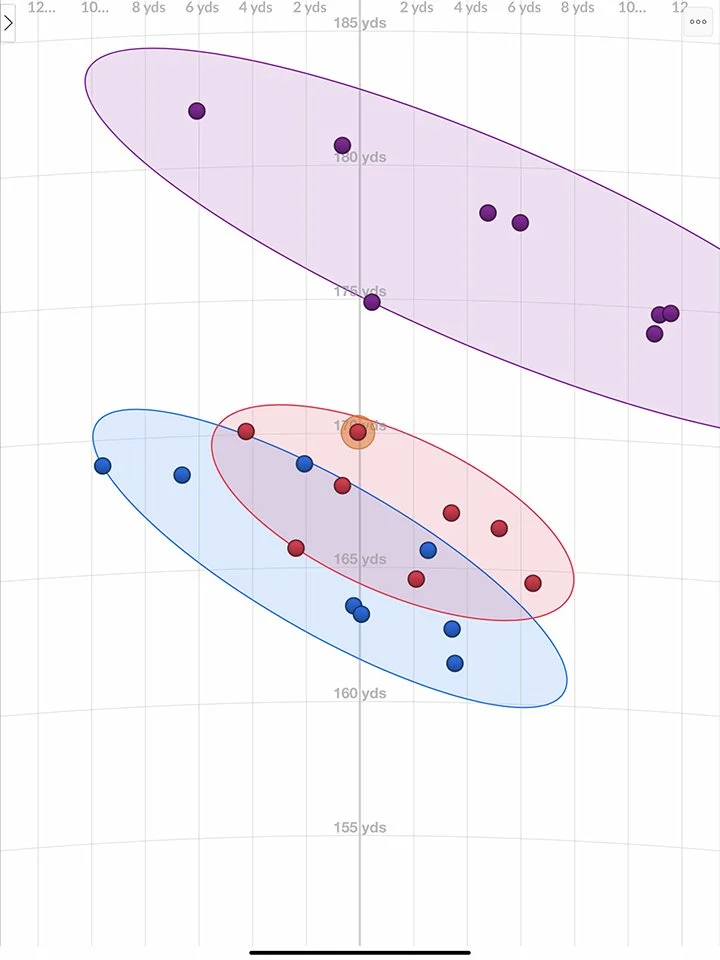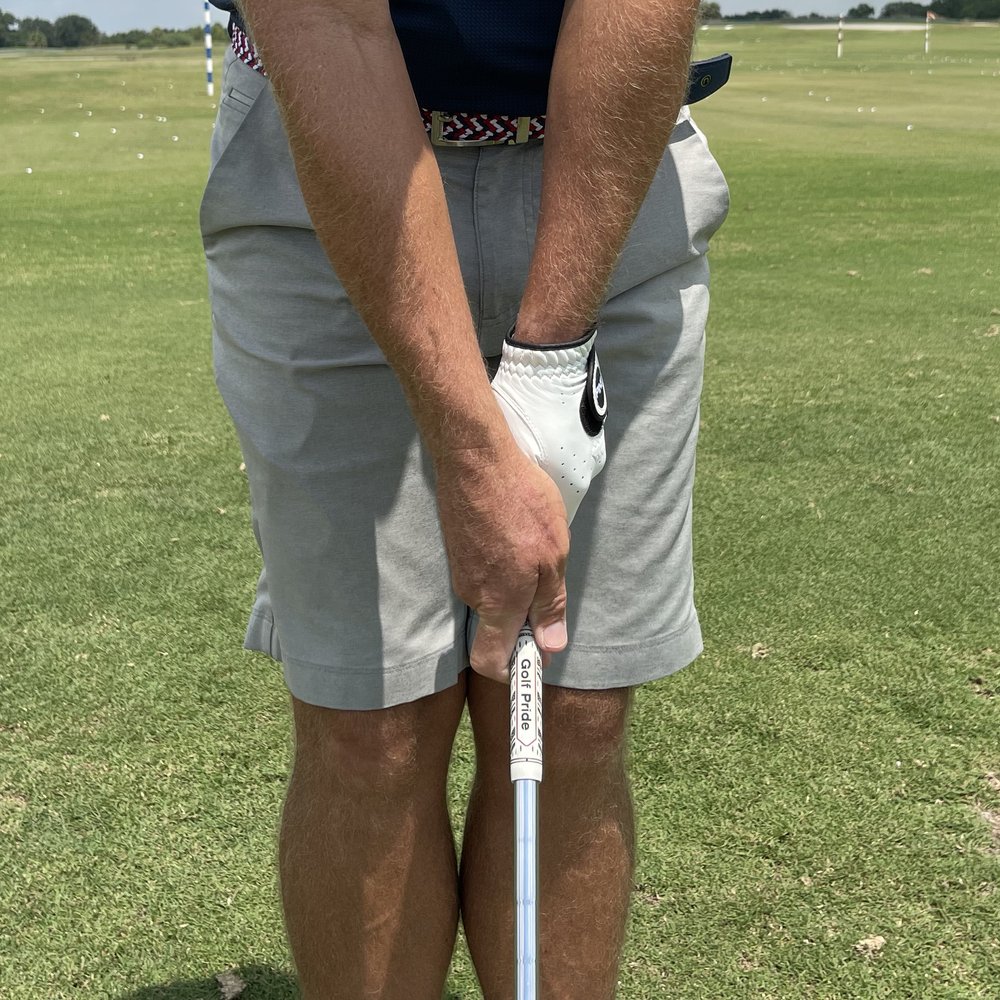All golfers are aware that there are different genres of irons available to them, yet many are not aware of what the actual differences might be. This article is designed to help you sift through some current offerings, give you insight into the differences in ball flight you might expect and thus make a selection that better suits your game.
With this in mind I gathered three current models sent to me by my friends at PING: the new G440, the very new i240 and my current gamer, the Blueprint S. I used the 7i from each set and each club has the same shaft, grip, length, flex, swing weight and lie angle. This way the differences in ball flight can only be attributed strictly to the differences in the clubhead.
While each of the 7 iron heads have standard lofts, the G440 has 29º of loft while the i240 and the Blueprint S each have 33º of loft. Yes, modern day, larger club head models have lowered lofts to aid in helping the ball fly further, but that lower loft is also in place to manage trajectory concerns. The “flex-face” technology increases ball speed, reduces spin and increases height. The decrease in loft serves a dual purpose of increasing distance and ball speed, but it also deters the ball from flying overly high.
The test involved hitting 12 shots with each club in randomized three-ball increments. I used a very low tee for all shots in order to keep grass and debris from influencing the outcome. Once I had hit 12 shots with each club I culled the worst 4 shots with each club to eliminate any outliers that could corrupt the data. All the data was captured using TrackMan in normalized mode which keeps any temperature, altitude or wind effects out of the data. The blue shots were the Blueprint S, the red shots were the i240 and the purple shots were the G440.
PING G440








